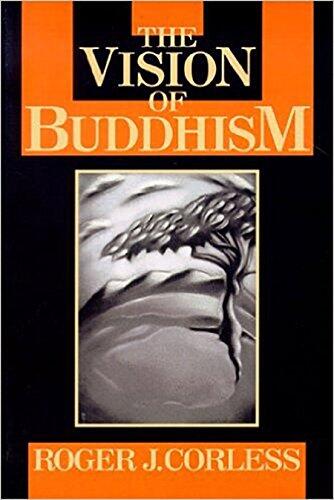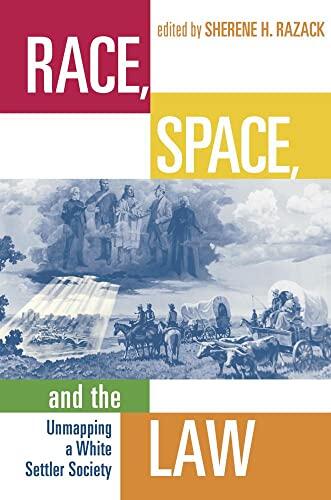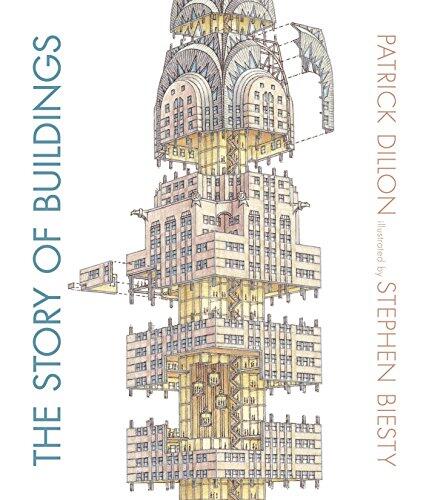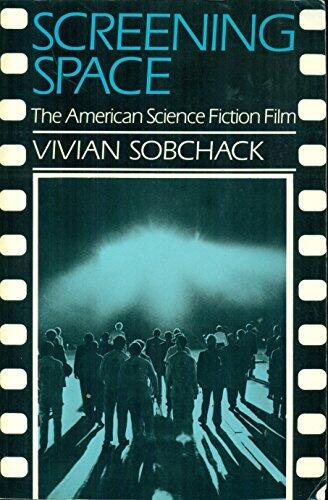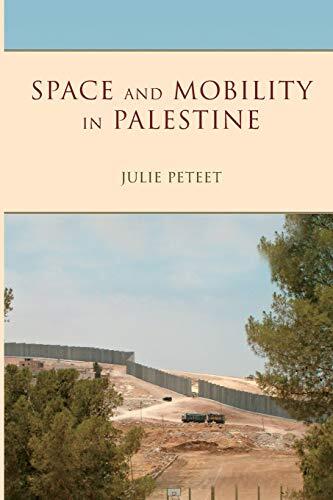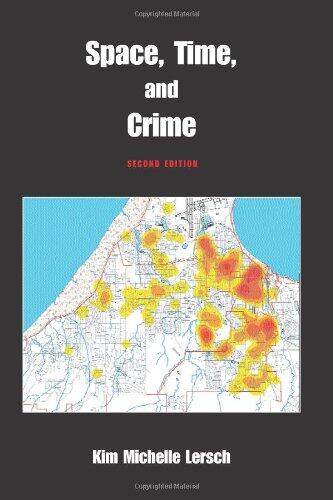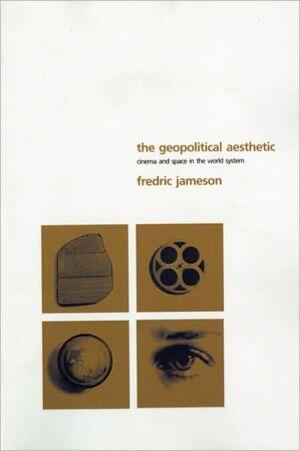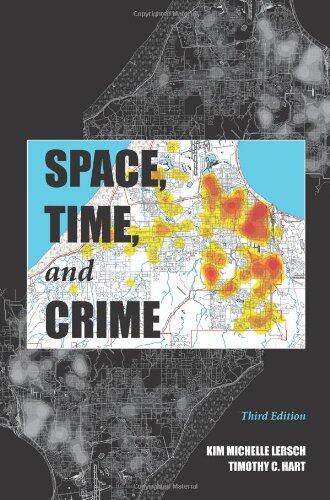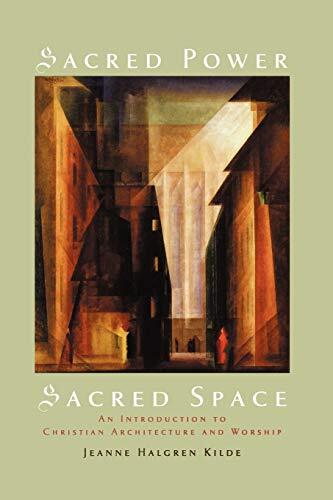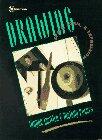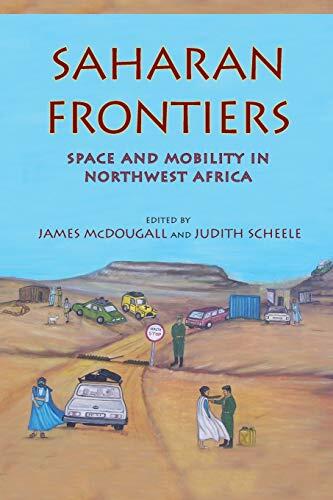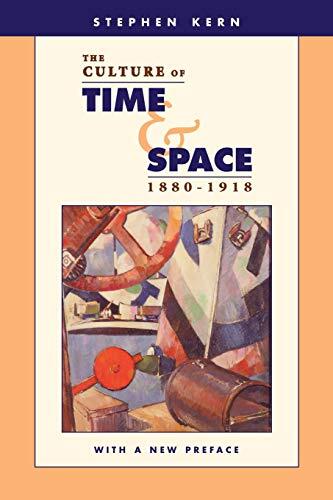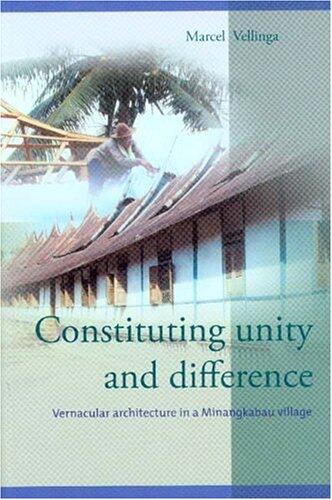
Constituting Unity and Difference: Vernacular Architecture in a Minangkabau Village
от
Marcel Vellinga
Оценок пока нет
History
Формат
Мягкая обложка
Страницы
352
Язык
Английский
Опубликовано
Jan 1, 2004
Издатель
Kitlv Press
Издание
Illustrated
ISBN-10
9067182303
ISBN-13
9789067182300
Описание
Marcel Vellinga explores the intricate relationship between unity and diversity in vernacular architecture within a Minangkabau village. The work, an evolution of his doctoral thesis from Leiden University, delves deep into the cultural significance of building practices that reflect the unique identity and values of the Minangkabau people. Through a meticulous analysis of architectural styles, materials, and community interactions, Vellinga uncovers how these structures serve as both physical and symbolic expressions of local traditions.
The book highlights the interplay between the environment and social structures, illustrating how architecture is not merely functional but also a vital contributor to community cohesion. Vellinga’s research offers readers a window into how vernacular homes and public spaces encapsulate the complex narrative of a society deeply rooted in matrilineal principles and communal living.
Richly illustrated and supported by a comprehensive bibliography, this work stands as a significant contribution to the understanding of regional architecture and cultural identity. It appeals not only to scholars of architecture and anthropology but also to anyone interested in the ways we construct our living spaces in relation to our cultural heritage.
The book highlights the interplay between the environment and social structures, illustrating how architecture is not merely functional but also a vital contributor to community cohesion. Vellinga’s research offers readers a window into how vernacular homes and public spaces encapsulate the complex narrative of a society deeply rooted in matrilineal principles and communal living.
Richly illustrated and supported by a comprehensive bibliography, this work stands as a significant contribution to the understanding of regional architecture and cultural identity. It appeals not only to scholars of architecture and anthropology but also to anyone interested in the ways we construct our living spaces in relation to our cultural heritage.
Обзоры
Отзывов пока нет
Станьте первым, кто оставит отзыв о этой книге и поделится своими мыслями
Добавить первый отзывЖурнал чтения
Журналы чтения не найдены
Начните отслеживать ваш прогресс в чтении, чтобы видеть записи здесь
Добавьте ваш первый журнал чтенияЗаметки
Журнал транзакций
Журналы транзакций не найдены
Начните отслеживать ваши книжные транзакции, чтобы видеть записи здесь
Добавьте ваш первый журнал транзакций

